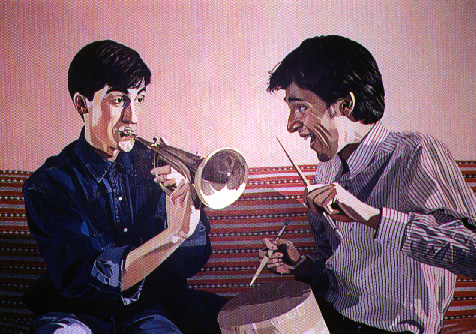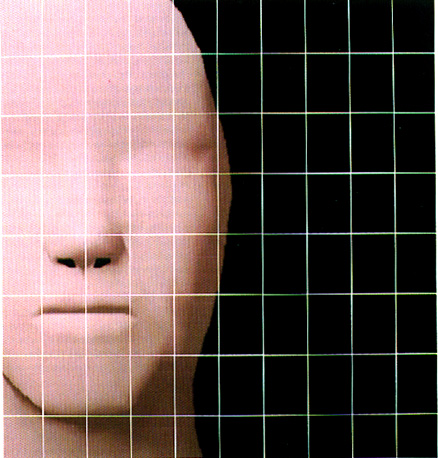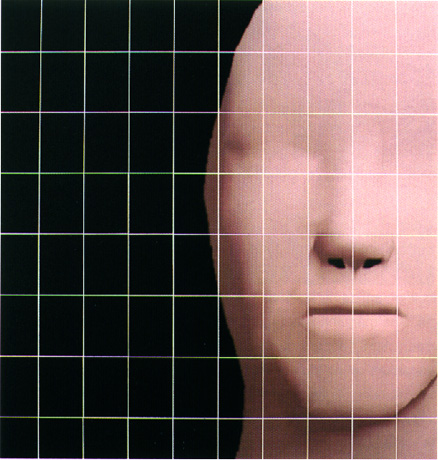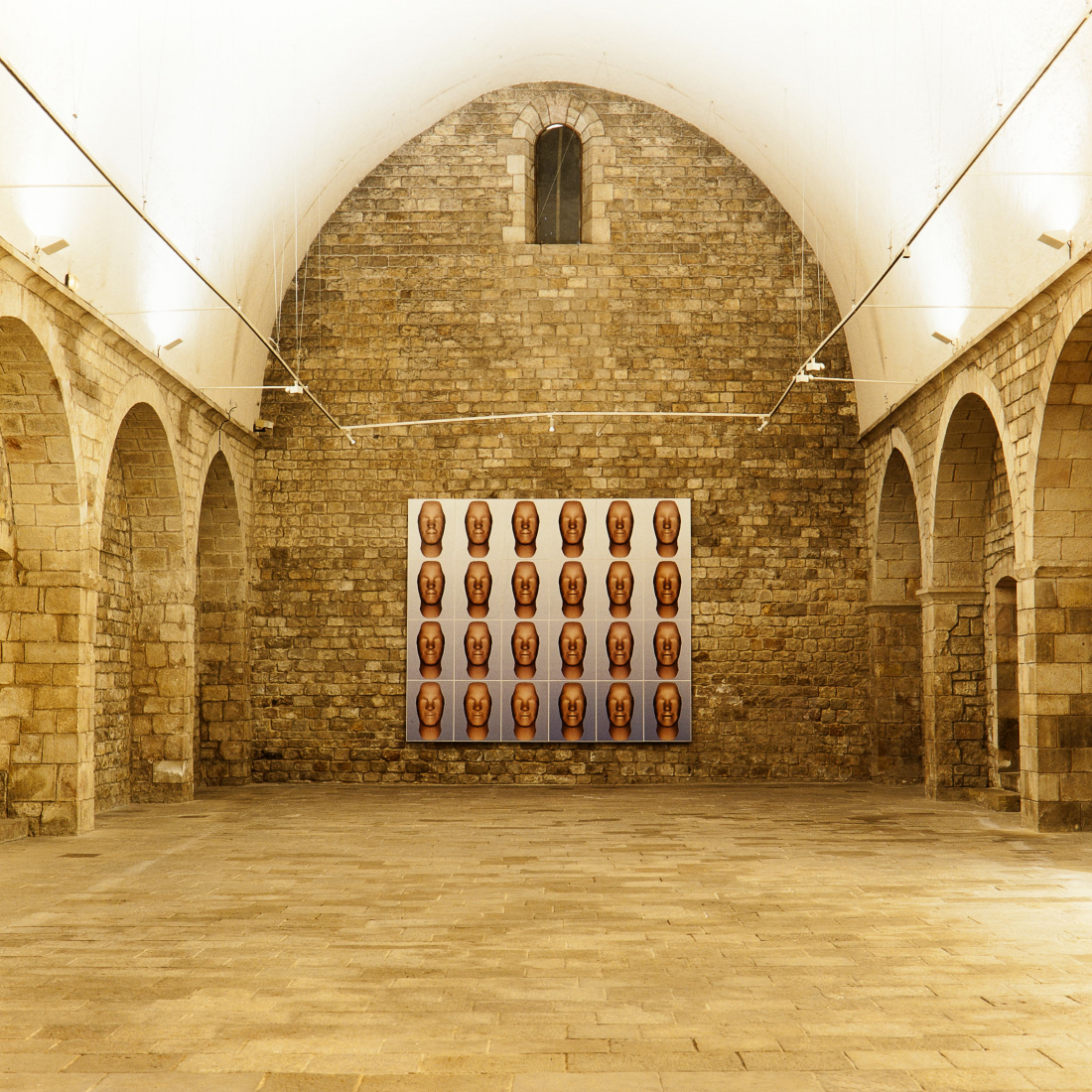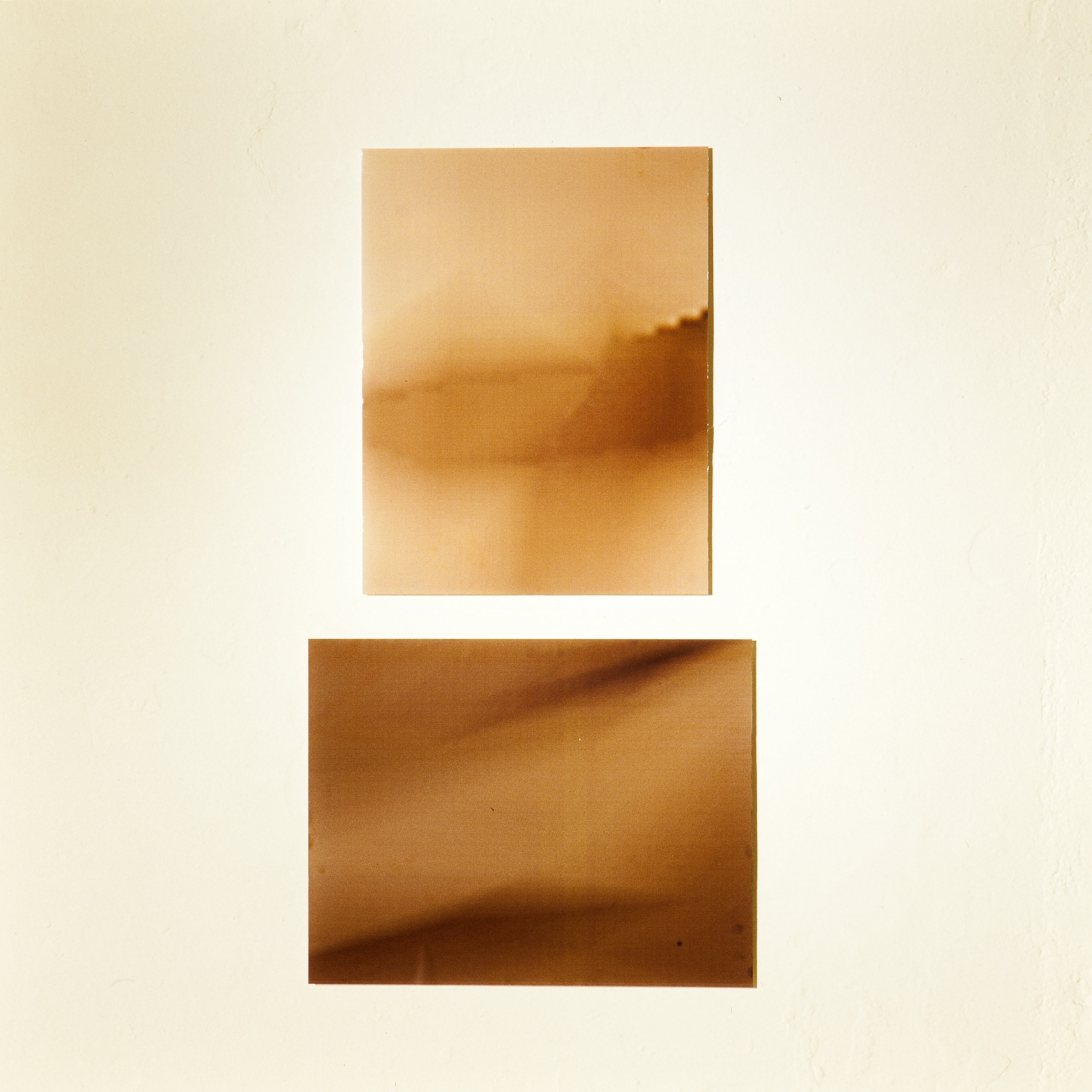Serie HP
To meet others and us
Among the oldest impulses of humanity there is the desire that human beings have to contemplate by interpreting their own image. And it is the gender of the portrait that best responds to the demands of this desire. However, if the art of the individual portrait is one of the universally most artistic forms of all time, it is not because the subject that deals especially with the complexity of the individual is because, since it offers those who do it They wish for a disfigured, or idealized, image of their reality, they have satisfied the desires of those societies that have preferred to embrace the illusion of miracles. Consequently, if the portrait is on the one hand an image of how men are or at least what they would like to be, on the other hand it is also a reflection of the degrees of appreciation that civilizations feel for their people. From this it follows that the evolution of the portrait through history is the best radiography of the self-esteem of the human species.
Before the artistic experiences of the first avant-garde radicalized the consideration that was taken from the artistic fact, one of the characteristics that had to have a portrait was to preserve a certain physical similarity to the model of reality that was wanted to represent. Preferably the body of the individual. On the basis of this consideration, there are many artists that throughout history did not dedicate themselves to producing masks, and only the geniuses who knew how to capture the genuine essence of the human being managed to speak of that person which is always hidden behind a face. More than a portrait, what they did was a work of art, and it is precisely these kinds of works that can still be spoken today. Because more than physical resemblance what excites us more than one work is to feel something, and it is only the one that teaches us the cruelness of our existence that can cause us this kind of emotion; not the by-product that resigns to portray the shape of our housing.
Since photography, cinema, television, video or computer were incorporated into all artistic languages in an equality system, the subject of physical similarity to reality should no longer be a problem for To artists who believe that our body - the body of man, the body of the individual - is a more or less graceful physical space. However, for artists who regard it as if it were a vulnerable territory, no technical means has yet been invented to portray the person who goes through it. Consequently, what matters us more is knowing who we are and what we are, but also what happens to us or what can happen to us, we can not claim to be a machine that tells us our longings. Because, although an artist does not use it to talk about our person, a machine will never tell us but the things we want. And although the truth does not like us, it is always precisely what we do not want what we want to know more.
Beyond speculation that seeks to determine what is or is not a portrait, art is a reflection of the attitudes of the society in which it emerges. Thus, if when the individual is considered a hero, it is the optimism of an enthusiastic culture that usually blinks between a more or less realistic portrait, in those societies in which the individual is despised as if it were a file of " Chess is not surprising that the pessimism of an indifferent and apathetic culture is hidden behind the works of one of its artists. With this consideration, the best portrait that can be done today of us is, rather than the representation of our image, what can influence us to think that among the works that some artists do, there is a certain part of the Our person who lives among the works that some artists do is a certain part of our person who lives in the rhythm of emotions. We are no longer the heroes who yearn to teach themselves in a way too clear. Because if the world of emotions is forced to hide is because there is nothing that can be taught, there is nothing that happens to us that no one knows, or anything that deserves a special moon in the gallery of the our existence. And if that's the case, it's because chess is a game.
In the unprofitable search for the essence of human beings, what worries less those who dedicate themselves is the name of their victims. Because in this table of dissection that has become today's art, what was known before by an individual is known today as an archetype: the symbol of a group without limitations that suffers from all the consequences of a strange society that, like more goes censorship, which is increasingly alien to it and when, as time goes by, it avoids how best to do it. Thus, even more than a physical space, what we are for some artist is a vulnerable territory, it is from the bottom of this transitable space where it tells us that men are only metaphors; metaphors of pleasure and pain but also of social, cultural and political ups and downs, which, when posing over our heads, almost without realizing it, allow us to see what we have to do to not see our defeat.
In order to avoid that in the game of life we go to the cremator without anyone asking us, we have to find a way to live in the middle of some rules that we have not invented. This does not mean that, although they are often undesirable, we must respect all the hours of the day. Thus, if by feeling the desire of that search there are individuals who decide to go to the movies, there are others who contemplate the full moon, read books of modern philosophers, cut their hair or buy the first thing they find And among all the possibilities that we can imagine is the one to capture the soul of a person from the expression of his face.
When feeling the need - or the desire - to seek the most abstract and hidden part of the human being, Ignacio Hernando is dedicated to painting what could be for someone the portrait of an individual. But this is not exactly what he does, since if it is evident - and perfectly identifiable - that his paintings are inspired by an individual that exists in objective reality, it is from a very particular point of view that makes us see that these works They reflect the way of thinking that they have all those who want to see them. What makes us through his works is more the portrait of our (human) species than the portrait of someone, and although what they usually communicate to us is sometimes a melancholy, they also speak to us of the indifference, the coldness of our human relationships, the masks that walk the streets, and especially the need that we have some of us to keep a certain distance from this chessboard so hypocritical in that our society has become.
And this is how we get to the galaxy of computers. And although we do not use them all in the same way, what motivated Ignacio Hernando to make use of it was the desire to leave his investigations detailed on the anatomy of the individual's face. Because if to paint the image of a person had to be inspired by their objective appearance, to capture the soul in the expression of his face he had to know the mechanisms that interact behind the skin. And it is when he had all these data that arose the images of a face that seemed to have lost his soul. But he had not lost it. Because if the expressions of happiness, disgust, surprise, anger, sadness or fear can reconcile us with the loss of emotions, it is through a highly sophisticated mechanism how the face works. And if someone does not have the misfortune of wishing to keep him in optimal conditions, it is possible that he may feel that the intensity of a person's emotions - his, that of all - is the only thing of us that in him background is truth And if it is an artist who has to explain it to us through the images that are really true. And if it is an artist who has to explain it to us through the images that he has created with a machine is because, despite the fact that we may break the face, what some of us want more is knowing who we are and what we are and not how they see us or they want to see us. And this can only be said from within ourselves. Far from others Near nothing.



